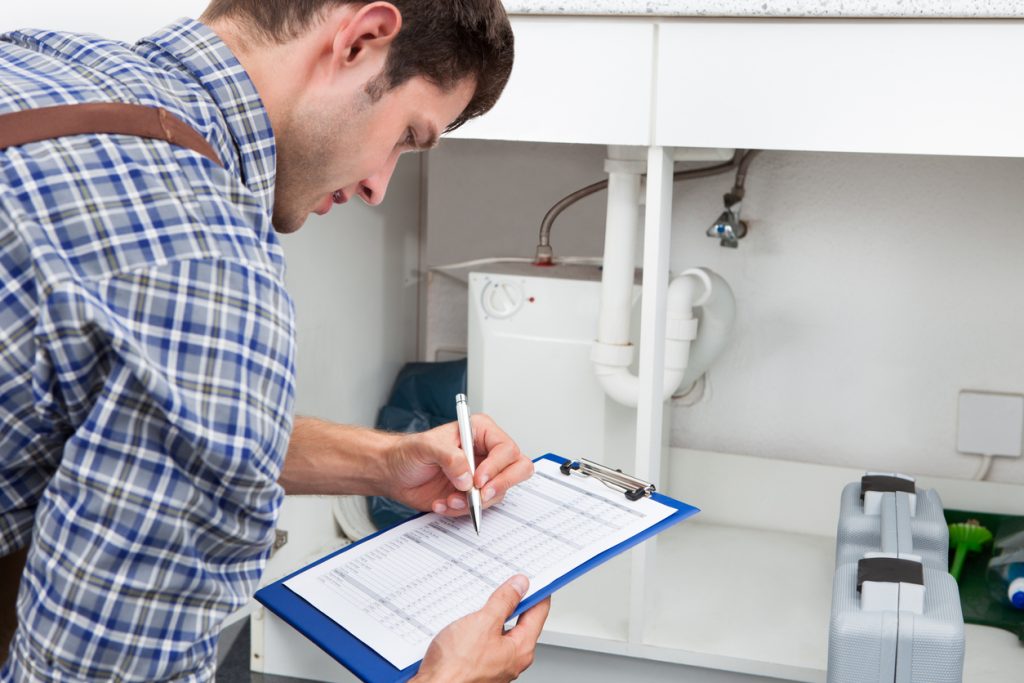Water is a crucial resource needed for our survival. But contaminants, such as bacteria, viruses, chemicals, and other impurities, are frequently found in water. Drinking contaminated water can cause several health issues, including skin rashes, gastrointestinal disorders, and even cancer. Identifying the pollutants in your water and developing strategies to eliminate them is essential.
How to Identify Contaminants
There are a variety of ways you can recognize contaminants in your water. The following are some signs you may notice.
1. Odor and Taste
Your water’s flavor and odor may reveal the existence of pollutants. For instance, the presence of sulfur might be indicated by a metallic or rotten egg smell in your water. A chlorine or bleach scent indicates the usage of chlorine as a disinfectant. The presence of algae or bacteria may cause a musty or earthy taste or scent.
2. Color and Turbidity
Cloudy or discolored water could indicate sediments, including sand, silt, and rust. Additionally, water that is blue or a reddish brown implies the presence of metals like iron or copper.
3. Hardness and PH
The pH of your water shows whether there are impurities like acidic or alkaline materials. Like soft water, hard water can reveal the presence of pollutants like calcium and magnesium due to its high mineral content.
4. Microbiological Pollutants
Microbiological pollutants, like viruses and bacteria, can exist in your water without you ever knowing it. Testing the water is the only way to discover their presence.
How to Treat Your Water
You can take action to remove contaminants from your water once you have discovered their presence. The following are some options to consider.
1. Filtration
Filtration is a widely used technique for purifying water. You can use various types of filters, such as reverse osmosis, UV, and activated carbon filters, to eliminate impurities like chlorine, silt, and bacteria.
2. Water Softeners
By removing minerals like calcium and magnesium, water softeners can assist in removing hardness from water. The removal may lessen the scale accumulation in pipes and appliances, and this will extend their lifespan.
3. Chemical Treatments
Chemical treatments like chlorination and ozonation can disinfect water and eradicate bacteria and viruses. However, these processes can also introduce chemical byproducts into the water supply. If consumed in large quantities, chemical byproducts can be harmful.
Final Thoughts
Testing and treating your water to preserve the health of your loved ones is important. When you are working with a professional water treatment firm, you can rest easy knowing that your water is clean. Contact Parobek Water Solutions for water filtration services in Austin, TX today.

